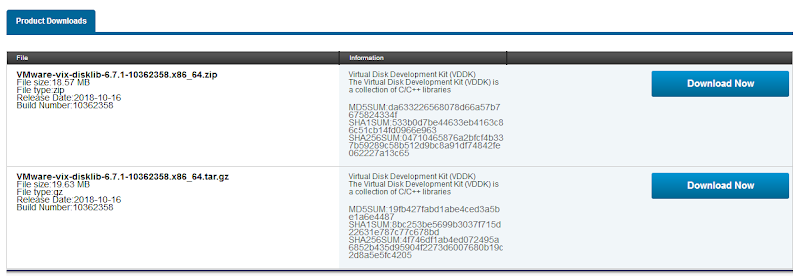
- #Vmware vix api for mac how to#
- #Vmware vix api for mac mac os x#
- #Vmware vix api for mac mac osx#
- #Vmware vix api for mac pdf#
And samples are rather spread over the whole site. I found the interface for programming Webservices in java, rather cumbersome. The VIX API helps you write programs and scripts to automate virtual machine operations and run programs or manipulate files within guest operating systemsįrom the official options, I consider only the java one to be usable on my Mac. On a side note, in case you want to automate stuff in the Guest you can use the Vix-API.
Vmware Vsphere Web Services SDK, java and C#. To get it installed on a Mac See Install the VI Perl Toolkit on OSX A slideshare presentation about Onyx : Īll the official programming options are listed at. Please refer to the Using Project Onyx video for set up and more information. Project Onyx makes it easy to see what is happening behind the covers and can help with development of scripts and automation solutions. Project Onyx is a new tool in that generates code based on the mouse clicks you make in the vSphere Client. Note: if you only have an ESXi version, you can only read information! You can't do changes. 
If the commandline tools are too limited for you, or scripting is not your thing, Vmware provides a multitude of options to program/script against an Vsphere/Esx server.
Vmware CLI - Bertrand Paquet (OCTO): is the start for a commandline interface based on Java API. Libvirt with ESX : See my previous post on the state of libvirt 0.8.6 with esx integration. This allows you to interact with Vsphere ESX server too. Vmware Fusion provides the vmrun command in "/Library/Application\ Support/VMware\ Fusion/vmrun". If you can't ssh into the server, your options are more limited on Mac OSX: vmware-vimsh : this is the interactive shell that uses vmware-vimcmd. vmware-vim-cmd : this is a very exhaustive command that let's you do about anything script based. Vmware provides several commandline tools on the server platform, through the following commands: It is available under the GNU Lesser General Public License version 2.1 (LGPL v 2.1). #Vmware vix api for mac mac os x#
Using the Vmware View Open Client :this lets you connect from a Linux or Mac OS X desktop to remote Windows desktops managed by VMware View. For more info see īeware that you need to allow the VNC service on the server for this It's like VNC enabling the BIOS of the virtual machine. Enable VNC for Virtual Machine: Vsphere has a build in way to access Virtual Machines via VNC. To get around that problem, I found these options: The plugin either runs in Linux or Windows, and there is no Mac version of the plugin. The web interface allows you to do the most common tasks, the only thing you can't do on an Mac is to view the console of a machine. #Vmware vix api for mac pdf#
You can find more info in the vmware vpshere Web access PDF Document $ /etc/init.d/vmware-webAccess start or service vmware-webAccess start $ chkconfig –level 345 vmware-webAccess on To enable it, you need to run the following commands on your ESX server: The second way of interacting, is by using the Web UI.
Install Windows inside your Vmware Fusion and run it in Unity Mode to use it as a client, but this of course requires Vmware Fusion installed. #Vmware vix api for mac how to#
The guys from Punching Clouds describe how to run a vSphere Client on Mac OS X using Rdesktop and Seamless RDP access to a windows Server. I found two ways to get around the problem but it requires you to have a windows machine running: #Vmware vix api for mac mac osx#
exe, this option can't be used on a Mac OSX system.


That URL will redirect you to a webpage that gives you two client options:Īs there is only a windows. Suppose you have installed a new Vmware Vsphere/Esx server, the screen will greet you with a URL that you can use to connect to the server.
Programming/Scripting Options : using programming languages such as java, C#, ruby, Powershell, Perl. Commandline Options : commandline options to interact. GUI Options : simple GUI, not much of automation here. I feel that Vmware threats Mac OSX users as a second thought, which is kind of strange. This blogpost gives an overview of the options you have on Mac OSX to interact with a Vmware Esx, Vsphere server.







 0 kommentar(er)
0 kommentar(er)
